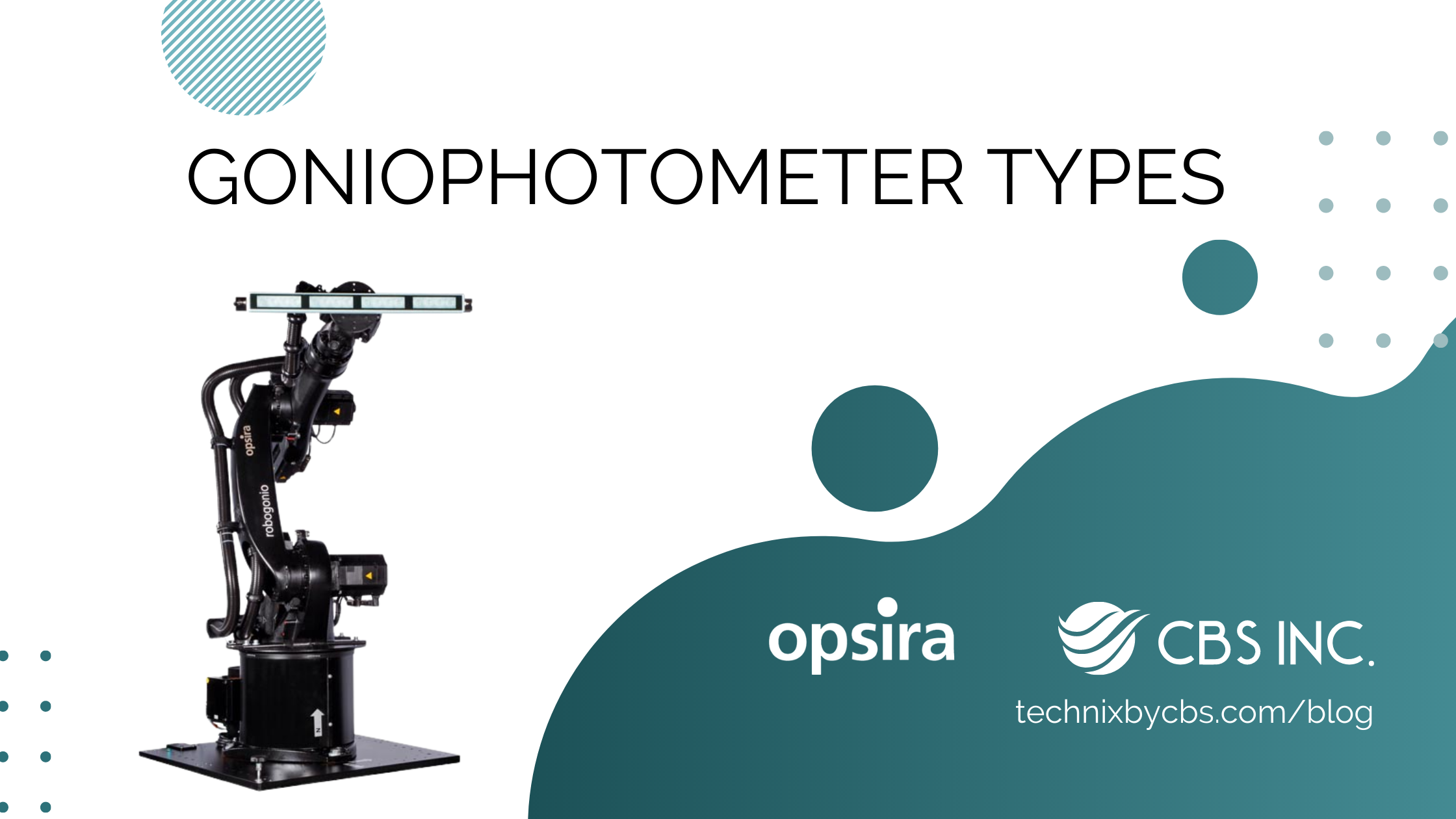Blog

Goniophotometer
A goniophotometer, as defined by CIE70-1987 is “a photometer for the measurement of the angular dependance of a photometric quantity”.
Typically this consists of a mechanical device for the positioning of the light source and detector (typically a photometer). The source and detector are configured in a manner that allows them to be rotated either through an A, B or C plane for the measurement of angular distributions. The rotation and positioning of the source and detector are dependent on the test source and its intended use.
Measuring Planes
Intensity distributions of light are measured on a variety of planes. The three main measuring planes are the A-plane, B-plane and C-plane.
A-plane
The group of planes for which the line of intersection goes through the photometric center parallel to the emitting area and perpendicular to the assumed axis of the source. Measured from 0 to 180 degrees.
A-plane
B-plane
The group of planes for which the line of intersection goes through the photometric center parallel to the assumed axis of the light source and perpendicular to the line of intersection of A-planes. Measured from 0 to 180 degrees.
C-plane
The group of planes for which the line of intersection is the vertical line through the photometric center. Measured from 0 to 360 degrees.
Types of Goniophotometers
Type A and B
Type A and B goniophotometers are very similar in that they perform measurements from 0 to 180 degrees. The difference lies in the measurement plane, type A goniophotometers measure in the A-plane, and similarly, type B goniophotometers measure in the B-plane.
In type A and B goniophotometers, the orientation of the device under test tilts while the detector remains stationary. In general, type A and type B goniophotometers are used for directional lighting measurements. This applies to the automotive industry for headlights as well as signal lighting.
Type C
Type C goniophotometers keep the device under test at a constant orientation during measurements, and measures over a full 360 degrees. This is especially useful for lighting that is dependent on its orientation with respect to gravity.
Type C goniophotometers are typically used for measuring lamps, and a variety of luminaires.
Moving mirror goniophotometers typically use a type C motion. This is done in a large dark room, where a mirror is rotated around a stationary source, and the light is sent to a detector at the other end of the room.
